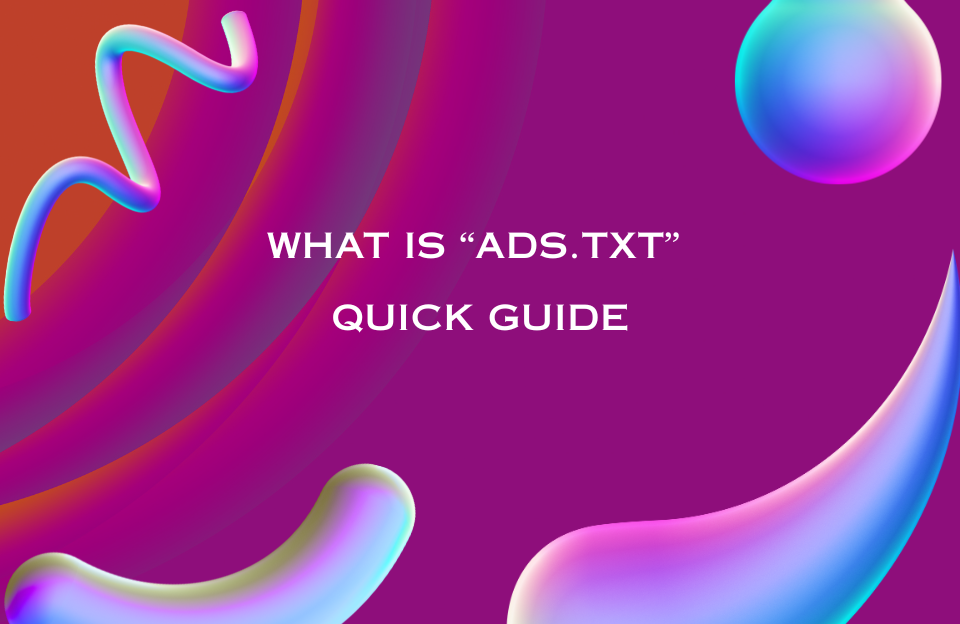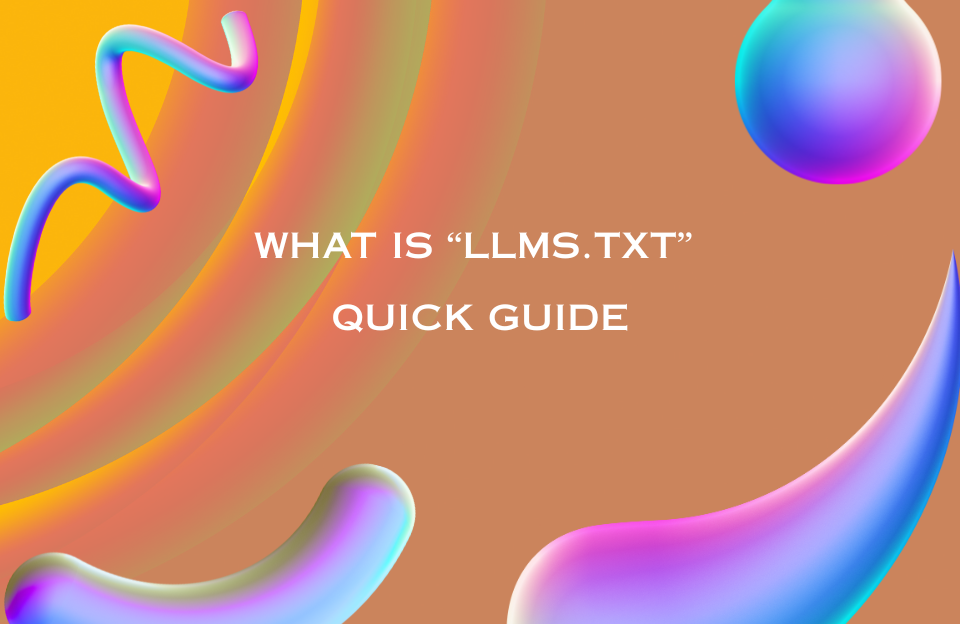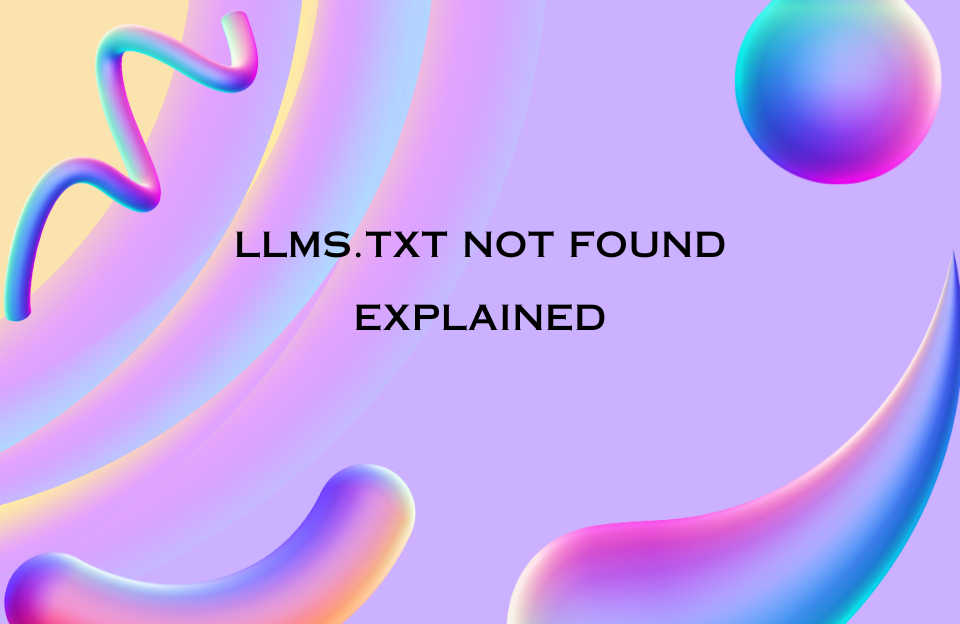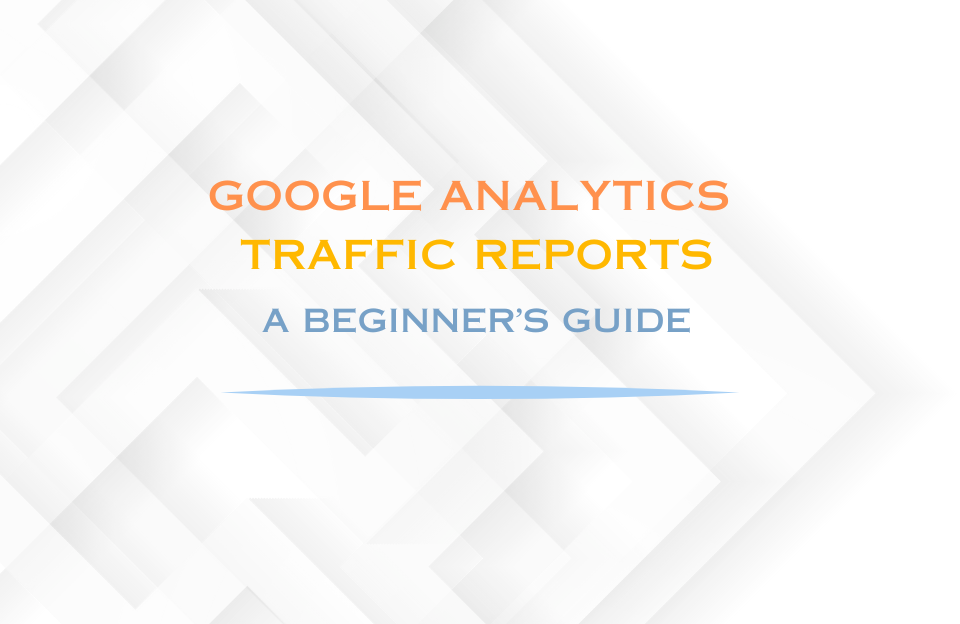Understanding the Null Data Type in JSON
The Null data type in JSON is used to represent an empty, unknown, or intentionally absent value. While it might seem simple, null plays an important role in signaling that data is missing or not applicable — without breaking the structure of your JSON object.
What Is Null in JSON?
In JSON, null is written as a keyword — all lowercase, without quotes. If you place it inside quotes, it becomes a string and no longer has the intended meaning.
{
"middleName": null,
"profilePicture": null
}In the above example, middleName and profilePicture are set to null to indicate that no value is currently assigned.
When to Use Null
null is useful in various scenarios, such as:
- Missing or optional values: When data hasn’t been provided yet
- Placeholders: To reserve a property in the structure
- APIs: When returning partial or incomplete responses
- Database output: When fields have no value (e.g., SQL NULL)
Valid vs. Invalid Null Examples
| Example | Valid? | Reason |
|---|---|---|
null | ✅ | Correct usage |
"null" | ❌ | Quoted, so it’s a string |
NULL | ❌ | Capitalized — not valid in JSON |
undefined | ❌ | undefined is not a valid JSON keyword |
How Null Differs from Other Values
It’s important to distinguish null from other JSON data types:
null≠""(empty string): An empty string is still a string with a defined value.null≠0: Zero is a valid number, not an absence of value.null≠false: False is a Boolean, which carries a distinct logical meaning.
Use Case: JSON API Response
{
"user": {
"firstName": "Emily",
"lastName": "Stone",
"middleName": null,
"isVerified": true
}
}Here, the middleName key is included, but with a null value — showing that the field exists but hasn’t been populated. This is useful for clients expecting a consistent data structure, even if some values are unknown.
Best Practices for Using Null in JSON
- Only use
nullwhen the absence of a value is meaningful. - Don’t confuse
nullwith omitted properties — both have different semantic meanings. - Avoid wrapping
nullin quotes. Always use lowercase:null. - Make sure the systems consuming your JSON correctly interpret
null(some languages may need explicit null-handling).
Summary
The null data type in JSON is a powerful way to represent unknown, missing, or empty values without breaking the schema. It ensures consistency, improves clarity, and helps systems gracefully handle incomplete or optional data. Just remember: no quotes, lowercase only, and use it with intention.




